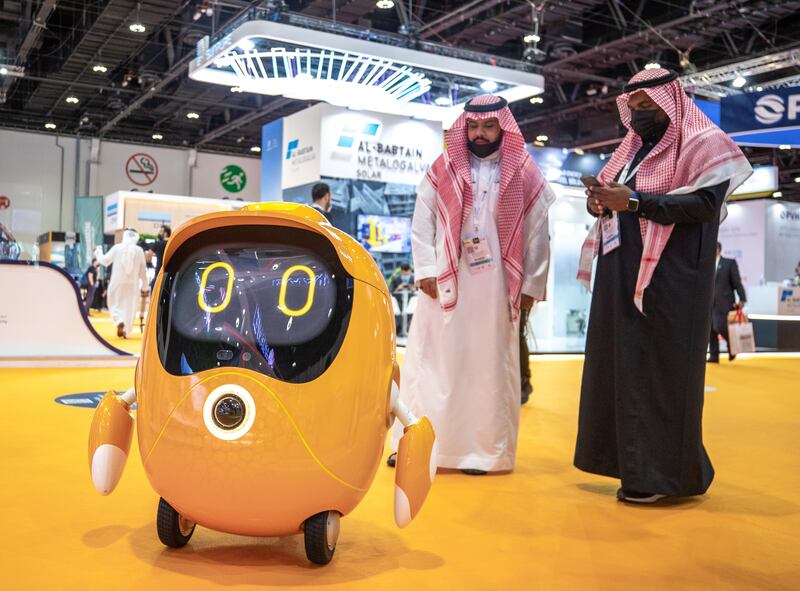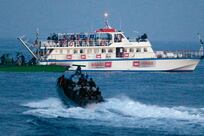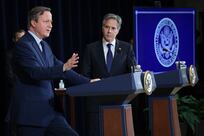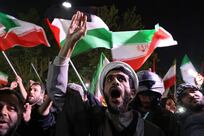Sheikh Mohamed’s first address to the nation as UAE President provided a clear and practical roadmap for the UAE. It is a future that is underpinned by economic diversification, energy security and international co-operation. As Sheikh Mohamed emphasised, our most valuable resource will sit at the heart of this future state: our people.
In the years ahead, the UAE's resilience and the driving force behind our sustainable progress will be formed and powered by human capital.
“The people of the UAE, and striving to empower them, always has been, and continues to be our nation’s top priority. Their happy lives remain the basis of all our future plans,” Sheikh Mohamed said, noting that “thanks to the efforts of our people and those who have chosen to call the UAE their home,” the UAE has transformed into an advanced, sustainable and integrated ecosystem.
At times of uncertainty and disruption, such clarity of purpose and message is vital. Sheikh Mohamed’s vision for the future – and the continuation of the legacy of Sheikh Zayed and Sheikh Khalifa it embodies – reminds us of the interconnected nature of the challenges we face today, and why people must be at the heart of solutions.
In the same way that everything in the Earth’s system is connected, so too the health and well-being of our people is inextricably linked to the health of our planet and our shared prosperity.
When the first part of that system crosses its tipping point, it produces a knock-on effect, pushing other parts of the system over their critical threshold, just like the cascading effect of dominoes.
In this example, the first domino is our people. By putting them first and enabling them to stand firm, we can bring greater security and stability to the rest of the chain – our supply chains, our economic systems, or indeed, our energy system.
It starts and ends with us, the people. Especially when it comes to the energy transition which the UAE is setting the benchmark for in the Middle East and beyond.
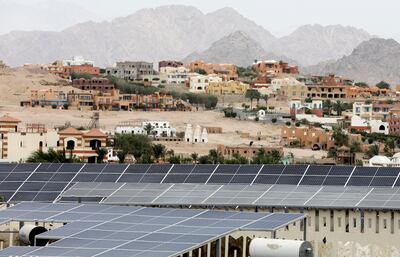
In seeking to strike the balance between remaining a responsible energy provider while being a leading advocate, facilitator and implementor of the transition to clean and renewable energy sources, the UAE is sending two critical messages.
Firstly, it tells other hydrocarbon economies that this transition is not optional, it is essential. Secondly, it shows that the UAE is acting in the interests of those most affected by volatile energy markets – the people. Those who are hit with price hikes at the pump today, as well as those who desperately need clean energy sources for cooking in developing economies.
A recent example of how the UAE is planning for a practical transition is the Abu Dhabi powerhouse. The coming together of Adnoc, Mubadala Investment Company and Taqa to claim a controlling stake in Masdar’s renewable operations will consolidate our renewable assets under one brand, help accelerate our path to net-zero emissions by 2050 and create one of the largest renewable energy companies in the world.
Business Extra: What is a carbon market and how does it address climate change?
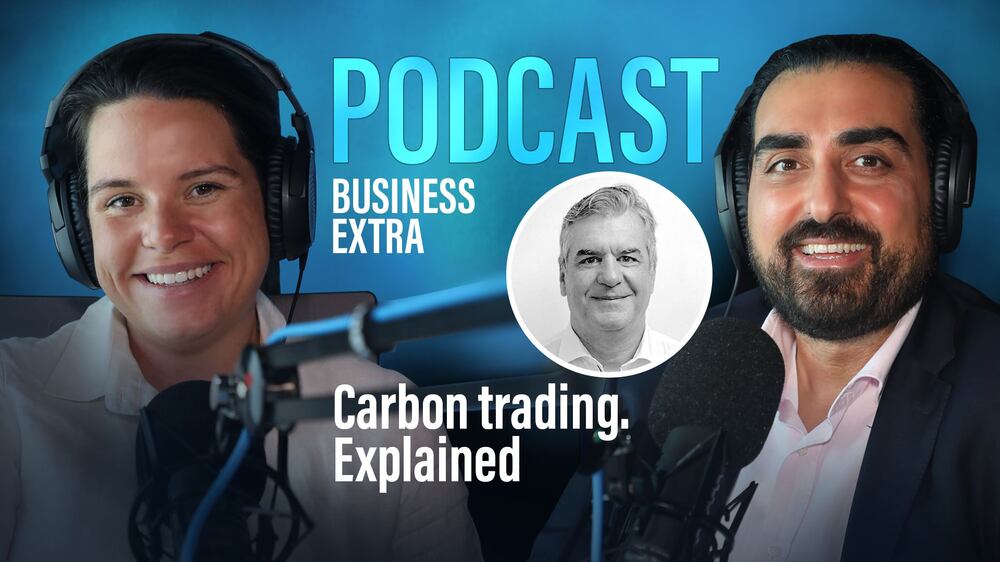
The inclusion of Adnoc, the national energy company, in this mix is vital. While we prepare the future generations to lead the energy system of the future, we must remain mindful that the current workforce and the current energy system can and must act as a bridge to the new energy system.
If we are going to oversee a genuinely inclusive energy transition, it must include the entire energy ecosystem. The people of today’s energy system must be included in the energy system of tomorrow.
As such, we must find ways to transfer the skills, knowledge, technologies, and even the infrastructure, of the immensely successful energy system of today to the new energy system of tomorrow.
As one example, we have seen that existing pipelines can be used to transport hydrogen in the future, according to the International Renewable Energy Agency (Irena). Repurposing existing infrastructure to move towards a future powered by green, renewable energy sources like green hydrogen is a win-win.
With the UAE’s Hydrogen Leadership Roadmap aims to capture 25 per cent of the global hydrogen market share, as demand for clean fuel increases globally amid the energy transition pivot, such an open-minded approach to skills and knowledge transfer is crucial if we are to deliver on the promises of a climate-resilient future.
While upskiling the current workforce with the tools and knowledge they need to enter the future energy system, our economies can still benefit from the transferrable skills and experience they have built over decades of working in the energy sector.
Moreover, the jobs of those employed under the current energy system, on which they rely for their livelihoods, will be given purpose and direction and a future.
There is good reason that the language of the seventh sustainable development goal includes “for all” in its description, which states the 2030 UN goal as, to “ensure access to affordable, reliable, sustainable and modern energy for all.”
Energy impacts us all. The transition has the potential to uplift us all. And it is only by putting our people first that we can, to echo the sentiment of Sheikh Mohamed, build an advanced, integrated and sustainable energy system of tomorrow that works for all.
